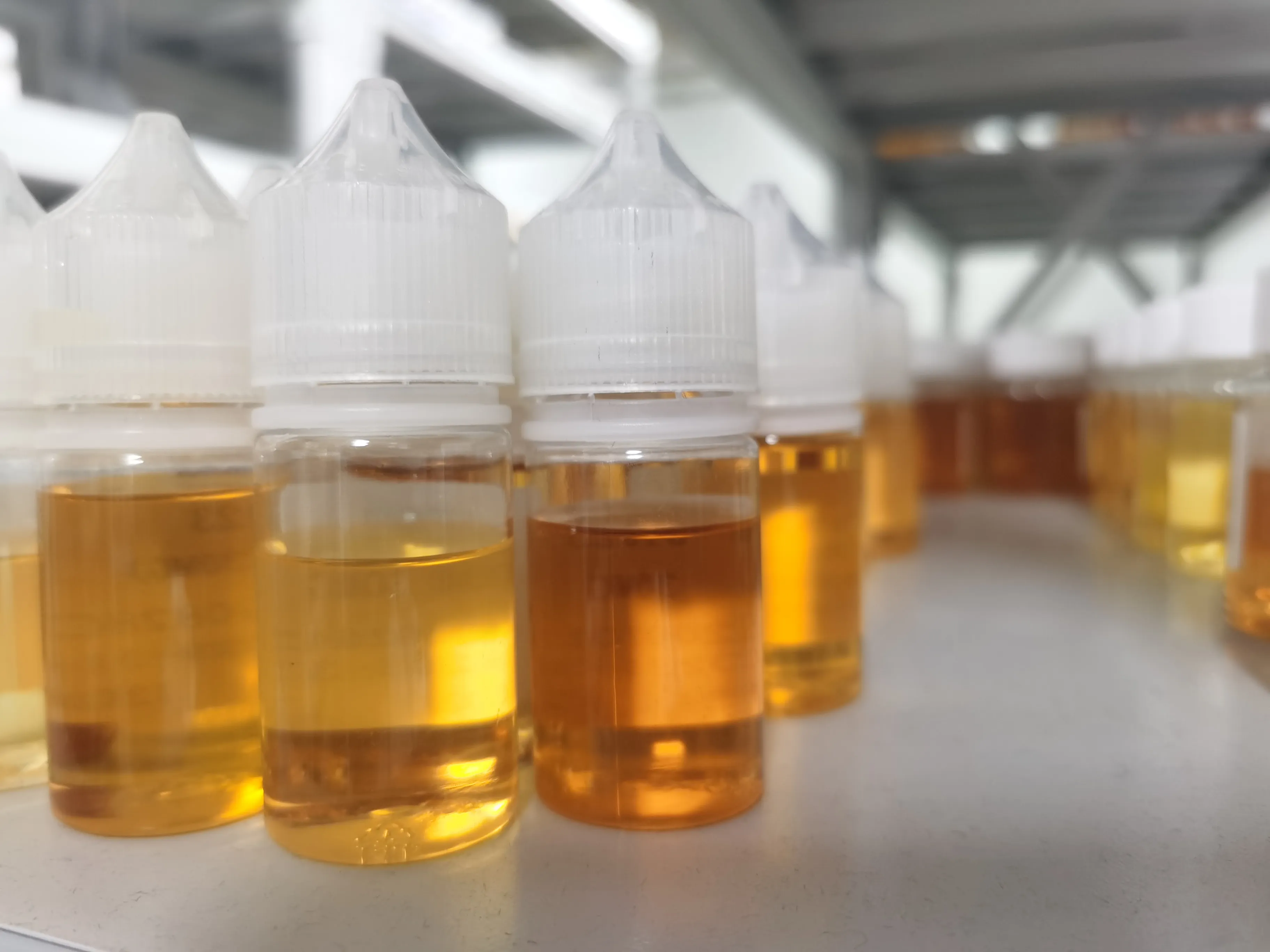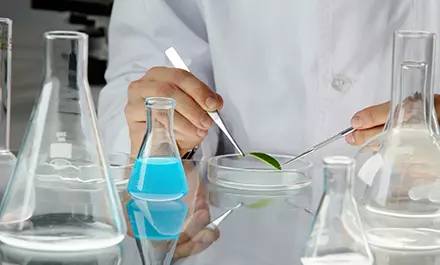
How many cigarettes is a 10ml e-liquid?
Since the advent of electronic cigarettes, there has been a lot of debate about how much e-liquid is equivalent to one cigarette. A 10ml bottle of e-liquid is one of the standard sizes that most manufacturers use, and it is often used as a reference point in discussions about how e-cigarettes compare to traditional cigarettes. In this essay, we will explore the various factors that can impact how many cigarettes are contained in a 10ml bottle of e-liquid.
To begin with, it's important to understand that cigarettes and e-cigarettes are very different products. A cigarette is a combustible substance that contains tobacco and a variety of other chemicals, many of which are known to be harmful to human health. When a cigarette is lit, the tobacco is burned, which creates smoke that is inhaled into the lungs. Nicotine is the addictive substance in tobacco, and it is one of the primary reasons why people smoke cigarettes.
In contrast, e-cigarettes are electronic devices that vaporize a liquid solution, which is then inhaled into the lungs. The liquid solution, also known as e-liquid or vape juice, usually contains nicotine, flavorings, and other additives. E-cigarettes do not produce smoke, which is one of the reasons why they are often considered to be less harmful than traditional cigarettes.
With that in mind, let's explore how much e-liquid is contained in a 10ml bottle and how it compares to the number of cigarettes that someone might smoke. The amount of e-liquid contained in a 10ml bottle can vary depending on the manufacturer, but it is typically around 10ml, as the name suggests. However, the concentration of nicotine can also vary, which can have a significant impact on how many cigarettes are contained in a 10ml bottle of e-liquid.

Nicotine content is typically measured in milligrams per milliliter (mg/ml). For example, a 10ml bottle of e-liquid with a nicotine content of 3mg/ml would contain a total of 30mg of nicotine. The amount of nicotine in a single cigarette can also vary, but it is generally estimated to be around 12mg. Based on this estimate, a 10ml bottle of e-liquid with a nicotine content of 3mg/ml would be equivalent to around 2.5 cigarettes.
However, it's important to note that this estimate is based on a number of assumptions, and it may not be accurate for everyone. The way that someone inhales vapor from an e-cigarette can vary depending on the device they are using, their personal preferences, and other factors. In addition, the amount of nicotine that is absorbed into the bloodstream can be influenced by many factors, including the person's metabolism, the strength of the e-liquid, and the frequency and duration of their vaping sessions.
Despite these uncertainties, many experts agree that e-cigarettes are generally less harmful than traditional cigarettes. This is because e-cigarettes do not produce smoke, which contains many harmful chemicals that are known to cause cancer and other diseases. In addition, e-cigarettes do not produce tar, which is one of the primary causes of lung cancer and other respiratory diseases.
However, it is still important to acknowledge that there are risks associated with using e-cigarettes. Nicotine is an addictive substance, and it can have negative effects on the cardiovascular system, especially if it is used in high doses. In addition, there is some evidence to suggest that e-cigarettes may be associated with respiratory problems and other health issues.
In conclusion, a 10ml bottle of e-liquid is a standard size that is often used in discussions about how many cigarettes are contained in e-cigarettes. However, the actual number of cigarettes that someone can get from a 10ml bottle of e-liquid can vary depending on a variety of factors, including the nicotine concentration, the strength of the e-liquid, and the way that the person inhales the vapor. It is important for anyone who uses e-cigarettes to be aware of the risks and to use them responsibly. Ultimately, more research is needed to fully understand the health consequences of using e-cigarettes, and policymakers and public health experts will need to continue to monitor this area closely.

We will contact you as soon as possible









